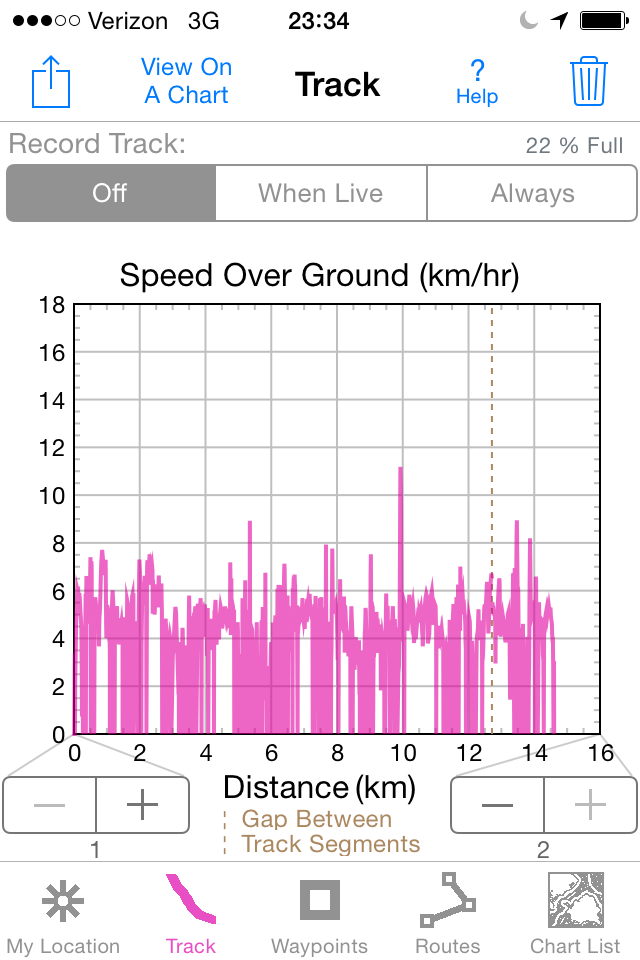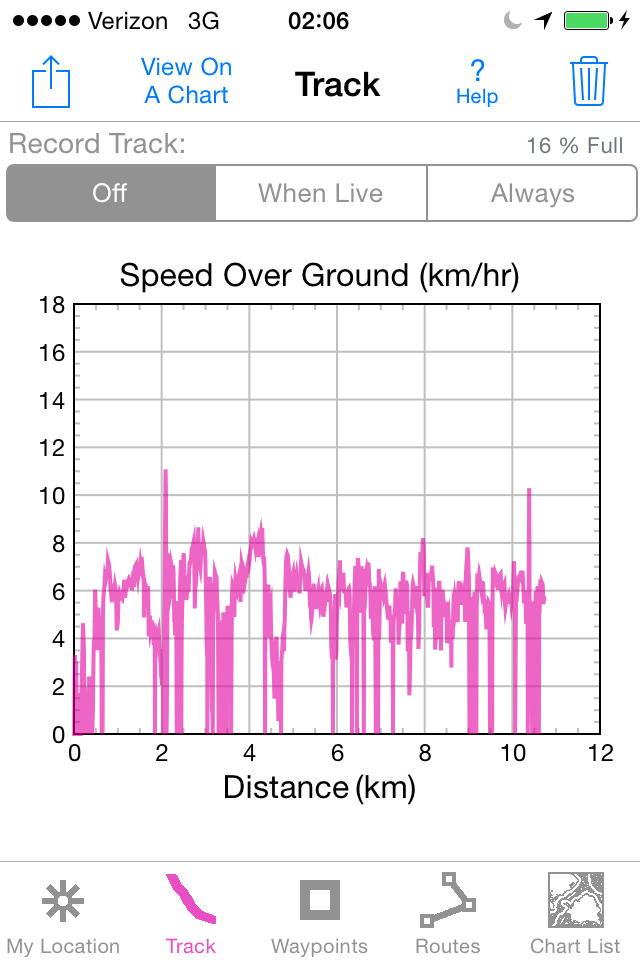A couple days before his #R2AK 101 talk at the Center for Wooden Boats on (1/16/2015), Race to Alaska Director Jake Beattie queried us via Facebook: could we bring our boat down to display dockside? We said that sounds like good motivation to do some night sailing/paddling from Sail Sand Point (where we thankfully have a lakeside home for our Hitia 17 “Manu-o-ku”) and got permission and a slip from CWB. Little did we know what lay ahead of us: not only interesting bits from Jake, but also paddle-sailing upwind speed data, adventure, reunions, and a mini-R2AK micro-raid with our new friend Brian McGinn at 1 a.m on Lake Union!
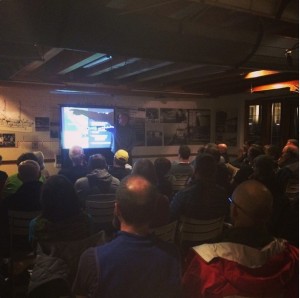
Oh, and the talk itself proved to be rich in laughter and even a bit of beta on new collaborators who have entered or made it through the full-race application process. Here are my notes:
How this started: In 2013 there was a beer tent at the wooden boat festival. A 2nd beer was had last March (2014). Then there was a Race. Instigators were at least Josh of small boat advisor, Colin, & Jake
Overarching motivation: Democratize the water (SV: hear echoes of Wharram’s ethic?)
Inspiration: Tourd’Divide; some sort of X-Games for boats
Full-race registration update: 17 thru or in app process; 10 in prep/negotions (most of Jake’s job at the moment); highlights:
- Team Dartagne (big group, serious sailors, e.g. 2014 Record 900 nautiques)
- Shane Perrin (World record 24 hr distance SUP holder)
- Team Uncruise (Family including a daughter)
- 2 women in a sliding seat row boat
A reason to have a sail? “Nothing’s more dumb than rowing downwind”
Invited tribes, but no response
Questions (only a few noted):
Is land based human travel w your boat ok/encouraged? Short portages ok, but it’s a boat race, not bike, hike/etc.
How to checkpoints work?
— Don’t have to stop.
— Thomas Basin June 18 – July 4
— VHF VTS check-in is ok, or SPOT or photo
On the way to south Lake Union, leaving SSP around midnight, Thomas and I paddled and sailed (almost entirely upwind) in a gentle southerly. It was spittling when we started, but was pleasantly warm & dry for most of both night sails.
Here are some data and analyses from the passage to the CWB:
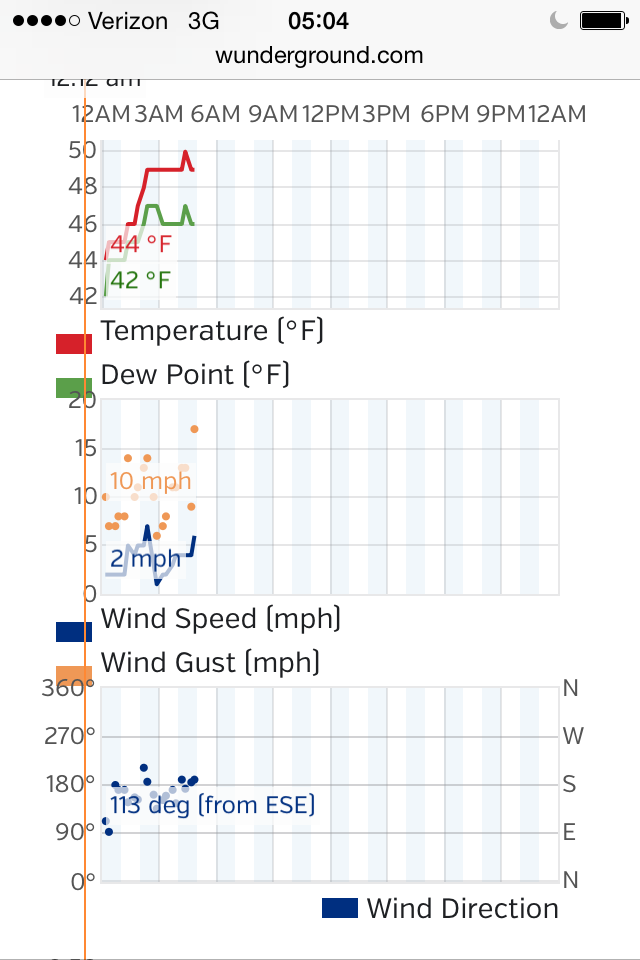
The wind was definitely flukey, especially in the lee of Sand Point and in Union Bay. It was on the nose for most of the Lake Washington segment (seemed more S than SW sometimes), then more of a beam or broad reach in Union Bay, the Cut, and Portage Bay, and then back on the nose as we headed south in Lake Union.
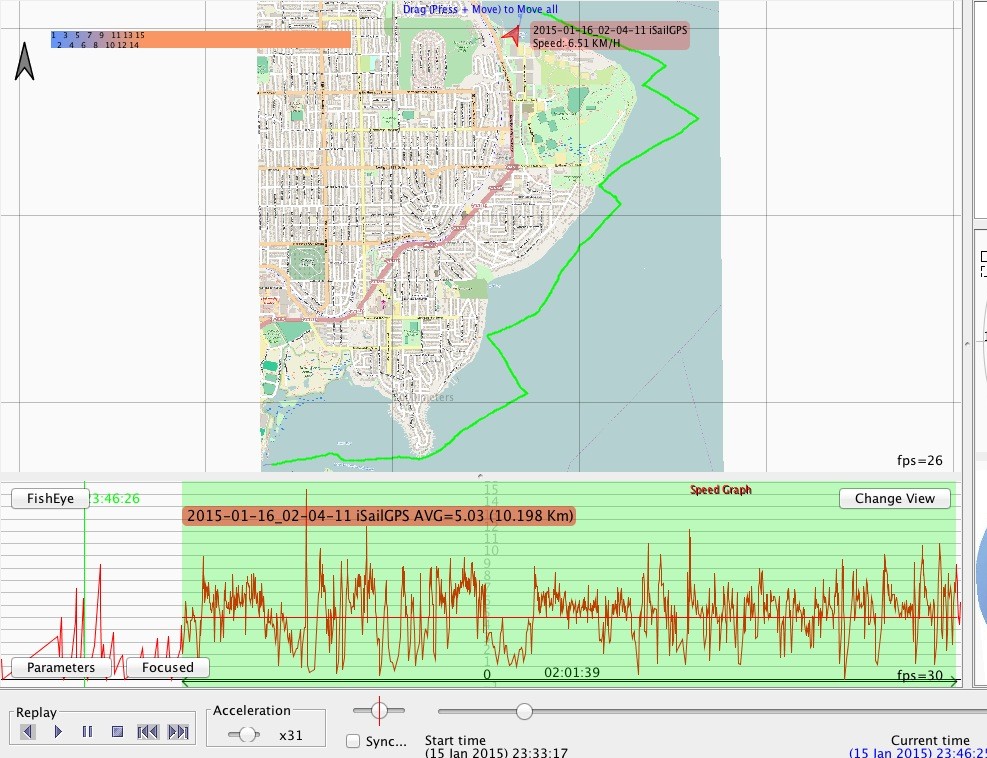
GPSar (above) and iSailGPS (below) agree that the upwind paddle-sail speed (using voyageur style paddles this trip) during this first ~10 km was about 5-6 kph with some peaks around 8. We entered the cut at about 2 am.
In retrospect, these are encouraging results for our first upwind stint with these paddles and the 13m^2 crab claw. Paddle-sailing with intermittent 130ish bpm effort from 1 or both of us in moderate steady winds on flattish water, we were tacking through 120 degrees at ~5 kph (and through ~90 at lower speeds?).
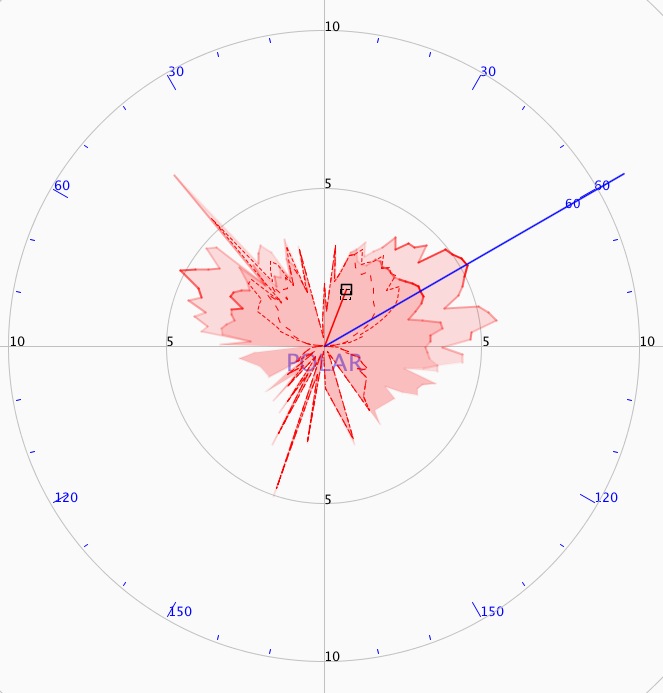
After paddling through the cut unmolested (we saw only one boat that night — a little power pod in Union Bay), we had a really serene broad reach in a light smooth breeze and slipped past the UW’s Tommy Thompson and my old grad school stomping grounds. The southerly picked up after we paddled under I-5 and we paddle-tacked upwind through Lake Union.
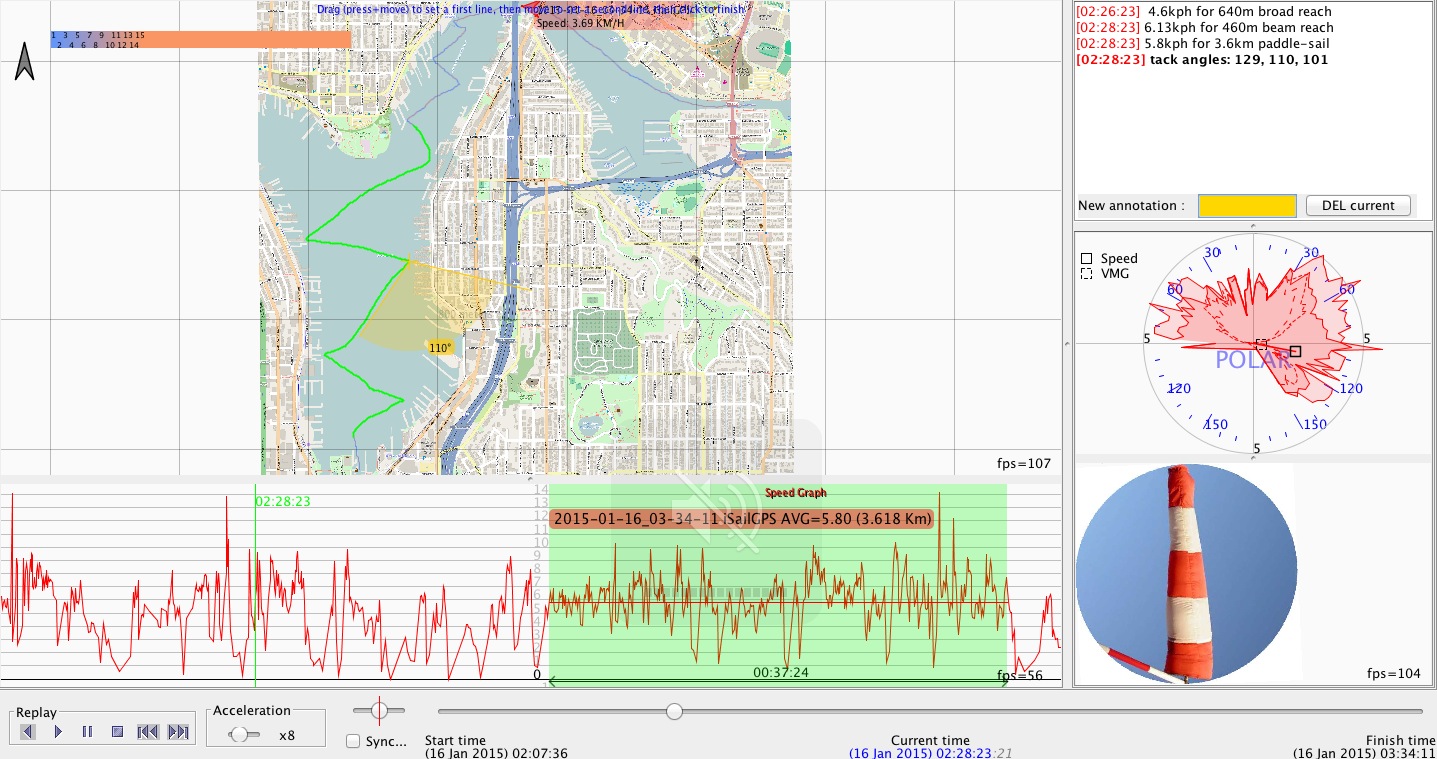
Average speeds were 4-6 kph, with top speeds of 8-9 kph. With some paddle assists we were tacking through ~110 degrees (101-129ish).
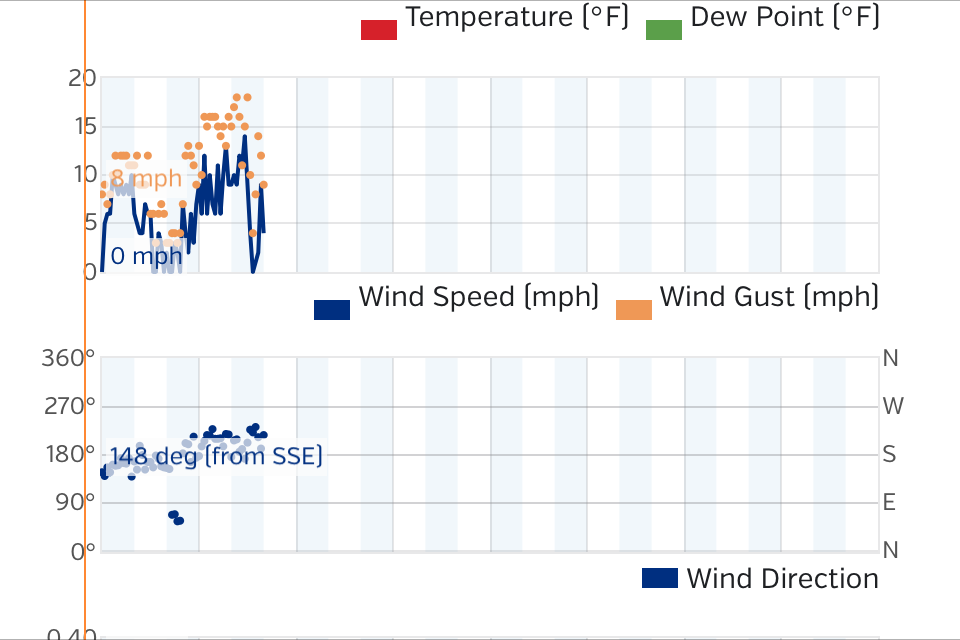
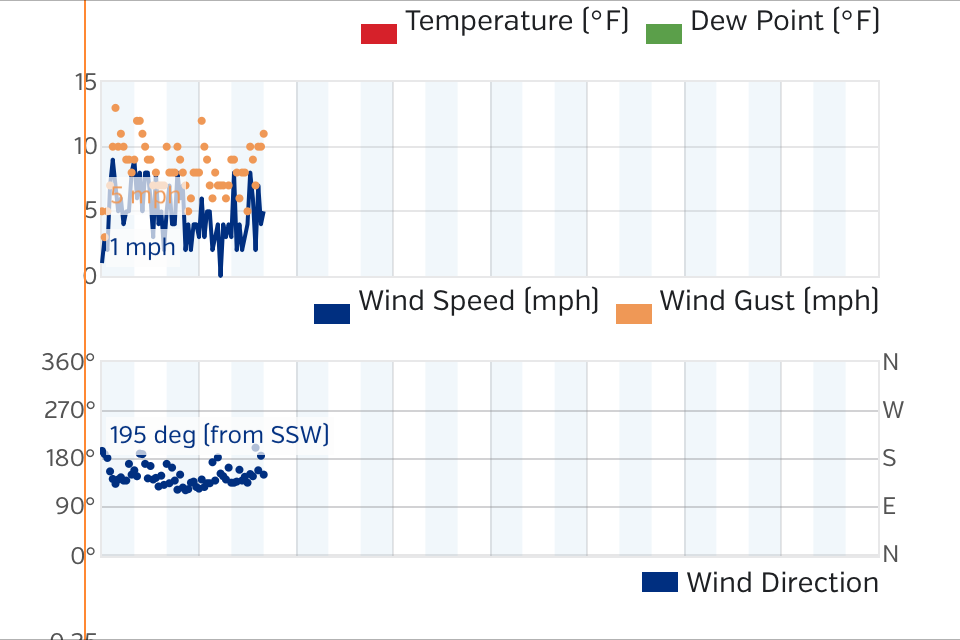
Overall it seems like we averaged 4-6 in the spotty winds, and then 6-7 in the steadier wind on Lake Union.
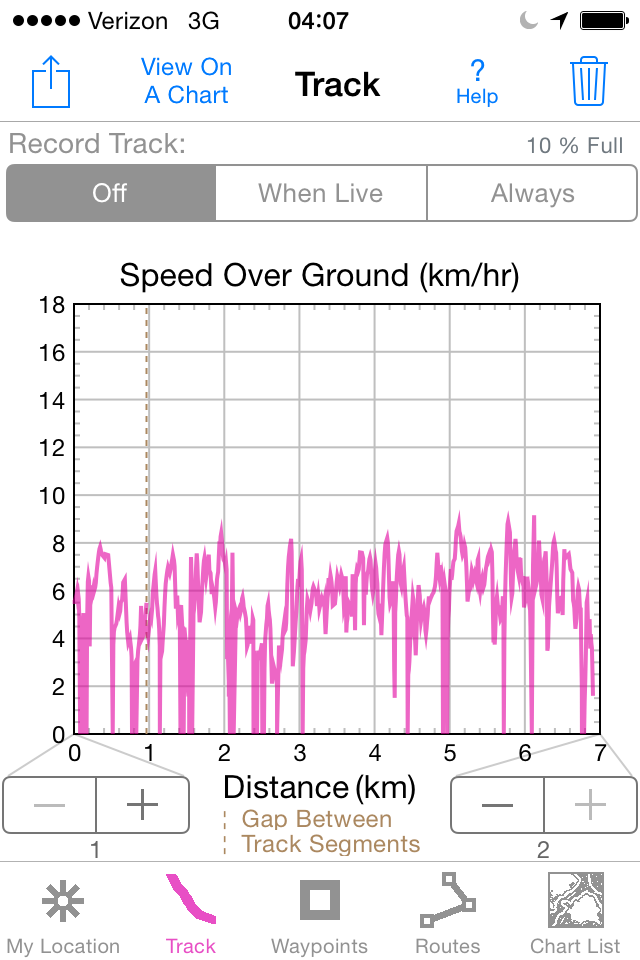
We got in around 4 a.m., found the slip, and ran home in time to get the kids going on their Friday. After a day of work, we had a grand time at Jake’s talk. We of course enjoyed hearing about the Race and listening to the (somewhat drunken) queries of the CWB community, but an unexpected highlight was bumping into old friends afterwards. Thomas reunited with lots of old CWB pals, and I caught up with Chris Jones, an acoustician I met back in grad school who is active in Sound Rowers and might participate in Stage 1. This Race is proving to be a powerful catalyst for friendships.
That manifested shortly thereafter when we tracked down Jake and some of his friends at a local pub. There was lots of laughter and many a yarn. At my end of the table, we got to hear about the 40′ sloop Sparkle from Brian McGinn and its preordained decision to win the Race to Alaska. Amazingly, no matter what Brian does (e.g. neglecting to pump 2 feet of water out of her bilge; arriving late), she just wins races. So watch out.
Shortly afterwards (around midnight) we found ourselves back at the CWB dock saying adieu. While most of expected Brian to grab a taxi after Thomas and I, and our 3rd crewmate and trainer Kevin embarked on the return trip to Sail Sand Point. Instead, he hopped in his rowboat, put a headlamp on backwards and began to row for home (Gas Works Marina). Thus ensued a riotous race with us tacking into a faint northerly breeze and paddling like hell when we were not watching Brian methodically pass us mid-Lake and ultimately beat us to the north shore (apparently by running into it). We yelled congrats and adieu, and bore off into Portage Bay — marveling at the bustling cityscape as we headed for home.
It was a very calm, warm night, conducive to a slow paddle and lots of chatting. Kevin produced a bottle of something that we collectively nursed through the voyage, though he spent the last 45 minutes or so testing out how cold he could get in one of the hulls (with no pad or insulation).
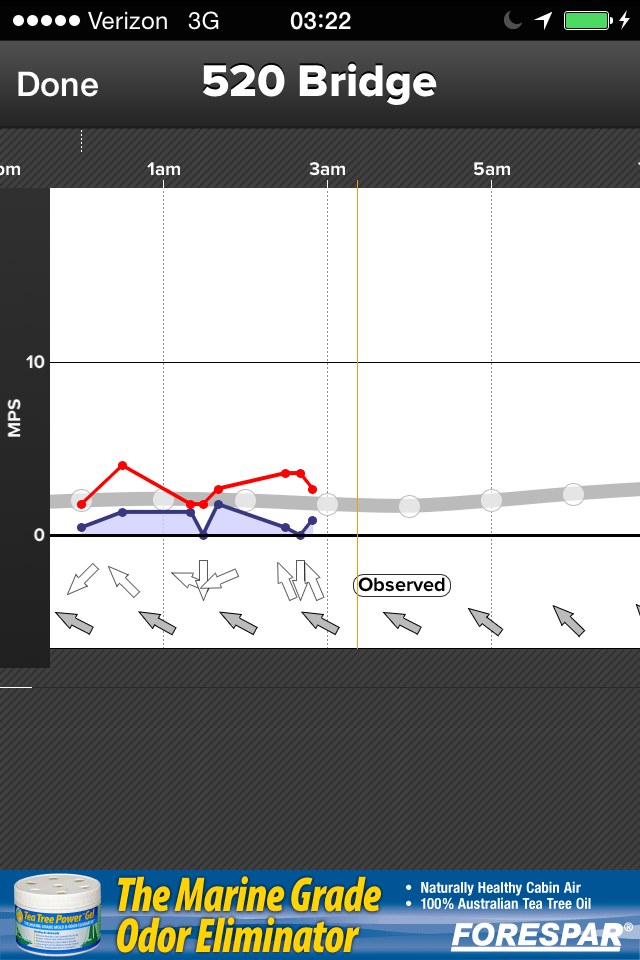
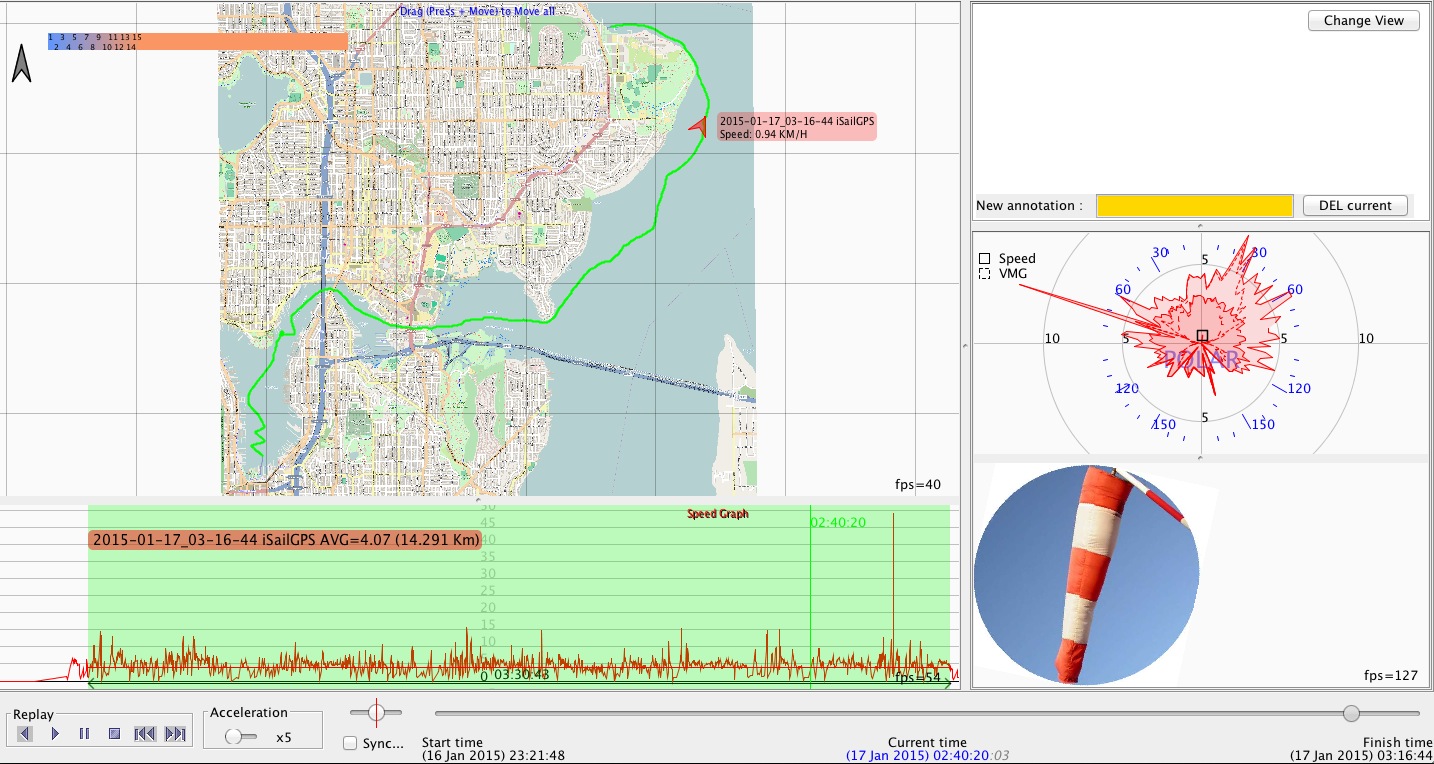
We went 14 km in about 3.5 hours, averaging about 4 kph. But as the final plot (below) shows, we spent about a third of the trip drifting. When we paddled (1-3 of us) we typically made 4-6 kph, and during the race with Brian we hit 7.5 kph a couple times. As I recall, having the sail up as we paddled into the wind wasn’t helping us…
